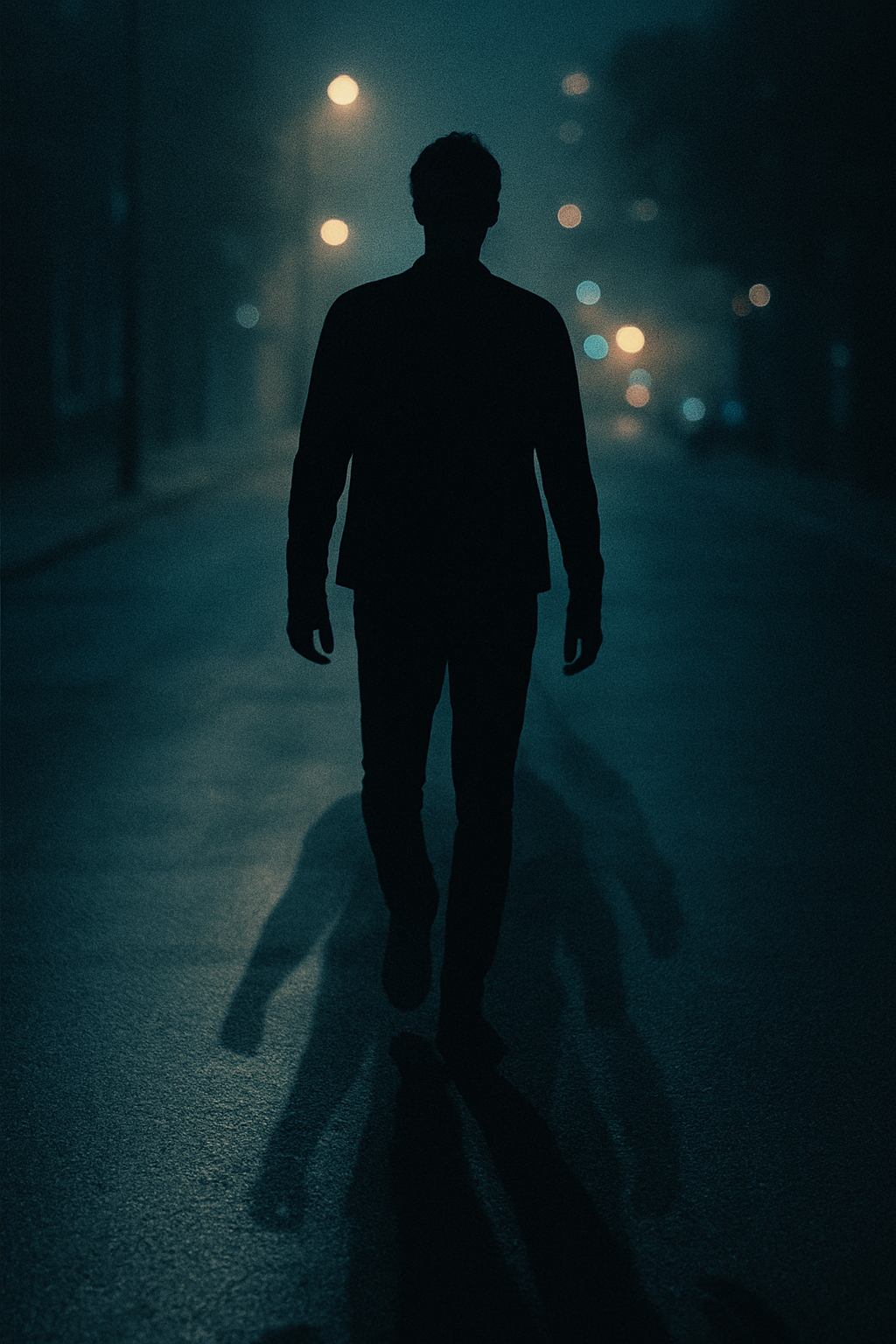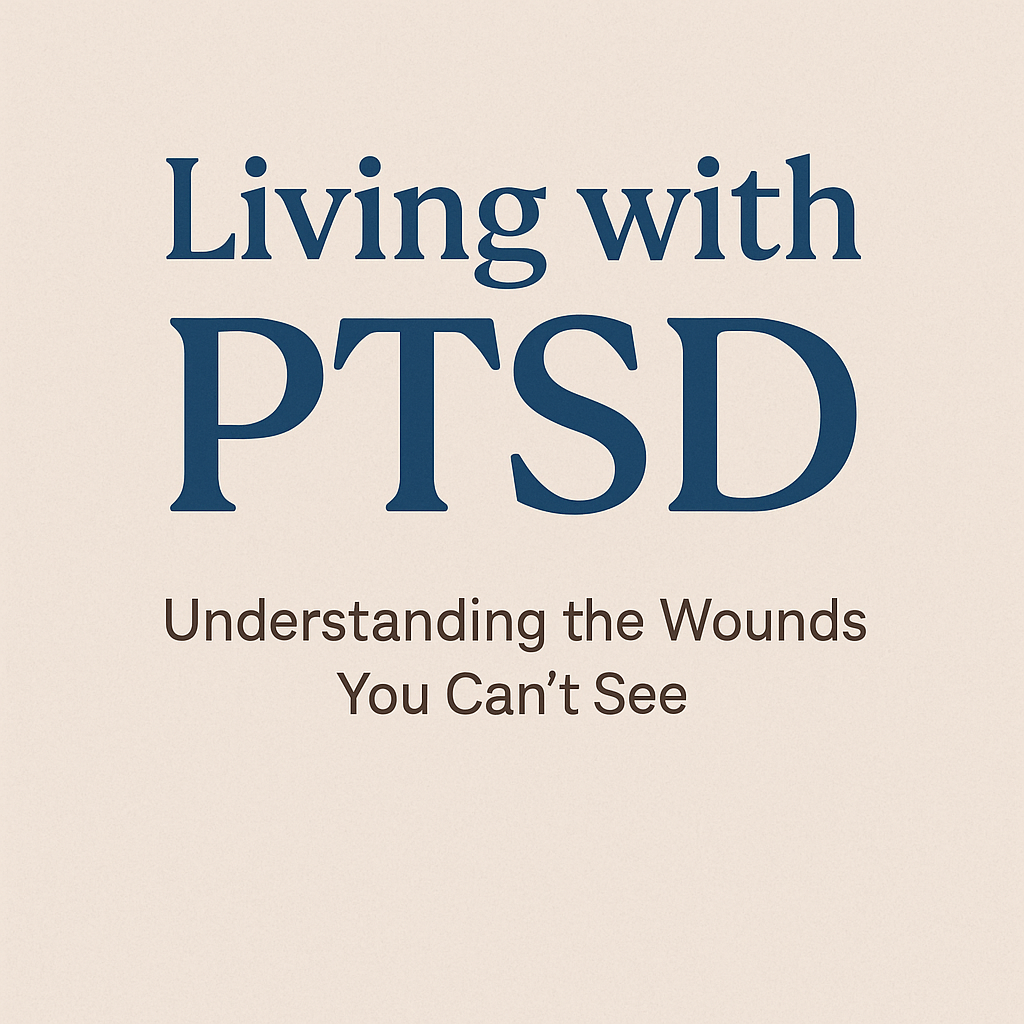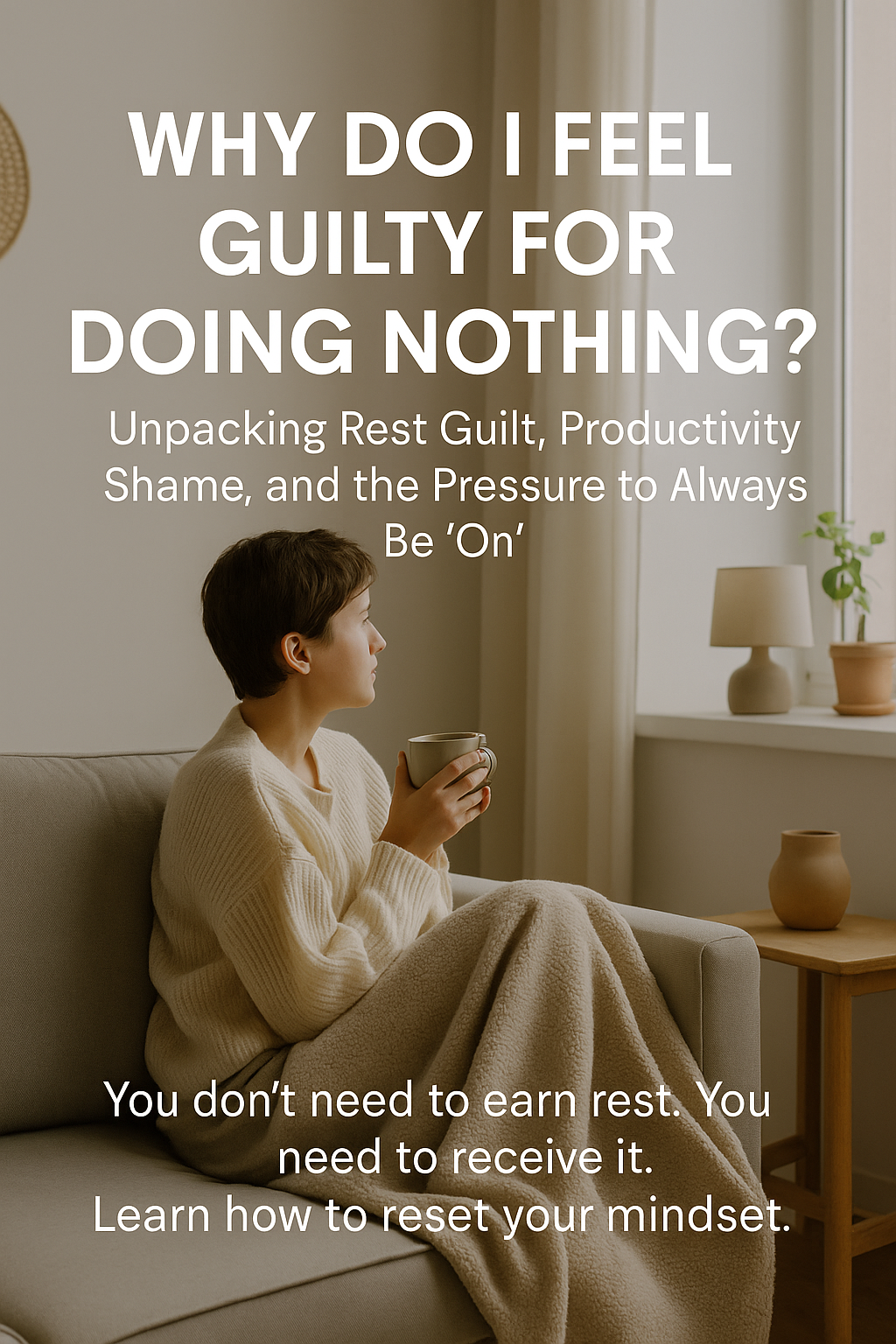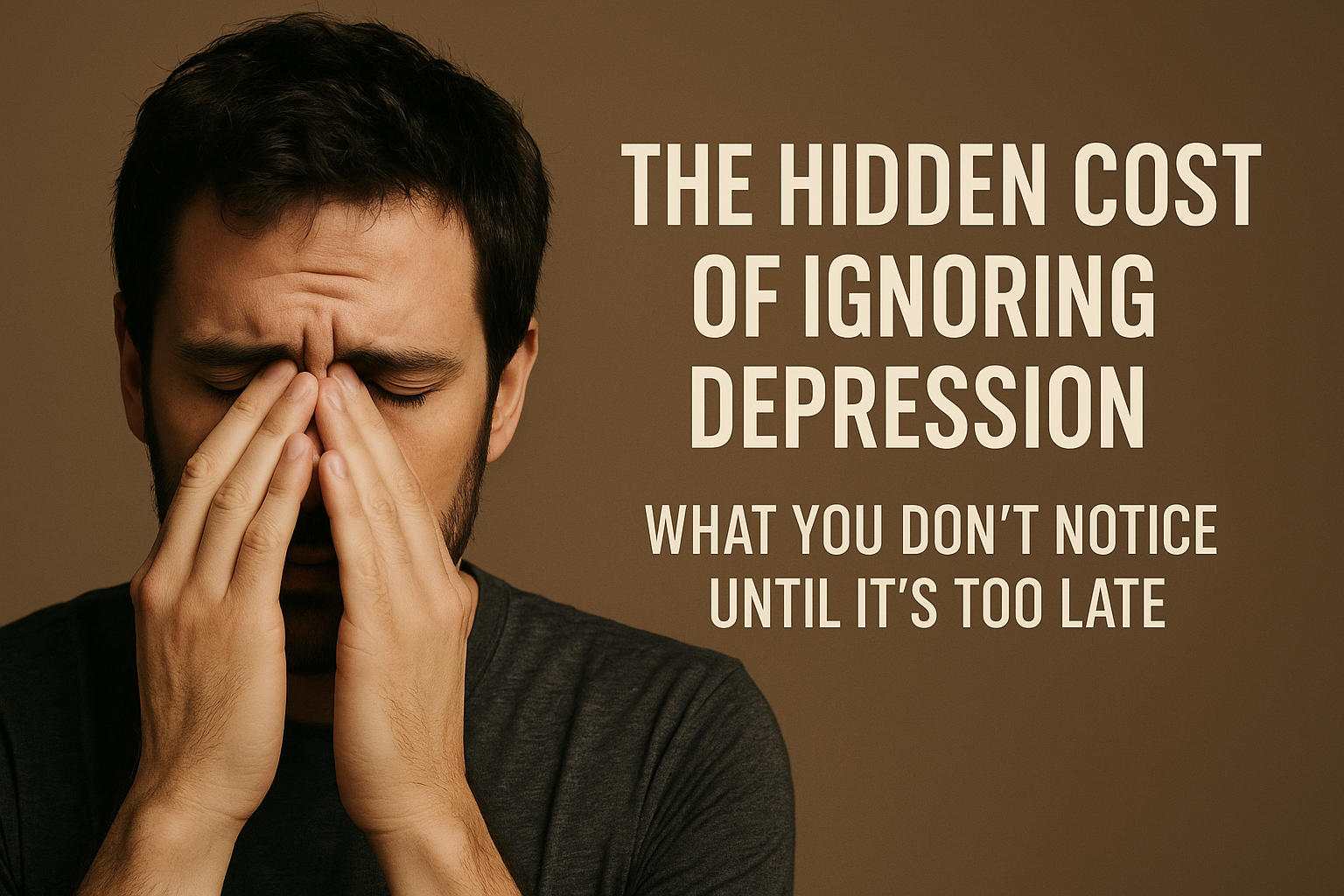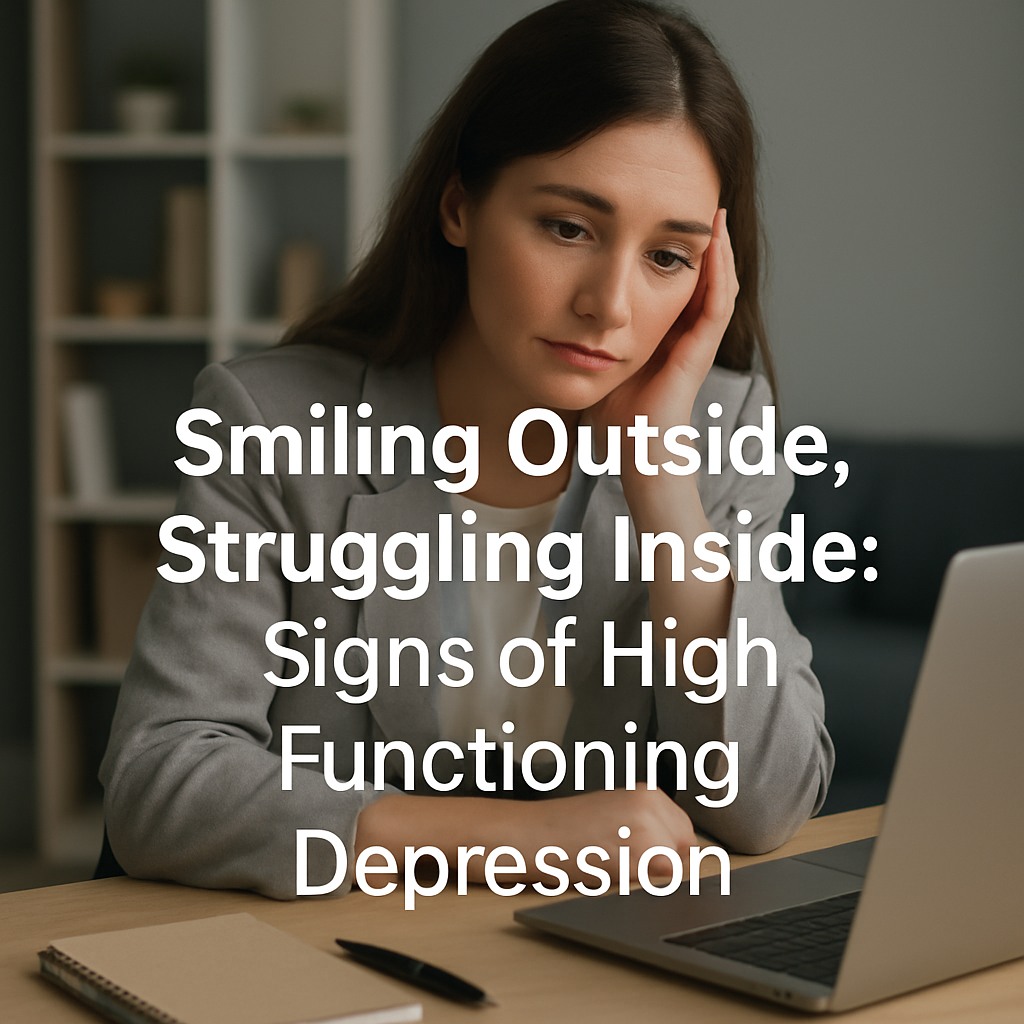By DTDF Essentials — Your Mental Health & Tech Wellness Hub
“One day I’m on top of the world… the next I can’t get out of bed.”
Sound dramatic? For someone living with bipolar disorder, it’s just Tuesday.
You’ve probably heard people casually say, “She’s so bipolar” when someone changes their mind or mood. But that kind of throwaway comment deeply misrepresents what bipolar disorder really is.
As a mental health nurse, I’ve cared for people with bipolar disorder and the truth is:
It’s not just about mood swings. It’s a serious, misunderstood mental health condition that affects every part of life.
Let’s break down what it really looks like and how you (or someone you love) can find support that actually works.
What Is Bipolar Disorder?
Bipolar disorder is a chronic mental health condition marked by extreme shifts in mood, energy, and activity levels. These shifts go far beyond typical ups and downs.
There are two major phases:
-
Mania or Hypomania: High energy, impulsivity, racing thoughts, little sleep, risky behavior
-
Depression: Deep sadness, low energy, hopelessness, difficulty functioning
But here’s the part people rarely talk about:
Most people with bipolar don’t live in either extreme all the time. They spend a lot of life in the in-between — feeling fragile, anxious, or simply exhausted.
Bipolar Disorder vs. “Mood Swings”
| Bipolar Disorder | Everyday Mood Swings | |
|---|---|---|
| Duration | Episodes last days, weeks, or months | Mood changes can shift in hours |
| Intensity | Severe enough to disrupt daily life | Annoying but manageable |
| Functioning | Work, sleep, and relationships may break down | Life continues more or less normally |
| Triggers | Can happen with or without obvious cause | Usually tied to something specific |
| Symptoms | Includes risky behavior, delusions, or suicidal thoughts | Frustration, irritability, sadness |
Signs It’s More Than Just “Feeling Off"
If you or someone you love is:
-
Sleeping only 2 hours a night and feeling unstoppable
-
Spending recklessly, speaking rapidly, or acting impulsively
-
Then suddenly can’t get out of bed, eat, or engage for weeks…
It might be bipolar disorder, not just stress or a bad day.
Real-Life Bipolar Looks Like:
-
Feeling hyper-creative and full of ideas… then burning out completely
-
Starting multiple projects and abandoning them
-
Being super social, then isolating for days
-
Feeling misunderstood, embarrassed, or ashamed after manic episodes
It’s not a “quirk.” It’s a real, medical condition that deserves compassion — not labels.
Tech That Can Support You
Affiliate disclosure: This post includes affiliate links. I may earn small commission if you purchase through them, at no extra cost to you
Living with bipolar doesn’t mean life has to spiral. With the right tools, balance is possible.
1. Mood Tracking Apps
Try Bearable, Daylio, or Moodpath to log daily feelings and identify patterns.
2. Sleep Support Tools
Sleep is crucial. Try blue light glasses, weighted blankets, or sleep routine apps like Sleep Cycle.
3. Calm Tech for Recovery
Wearables like Apollo Neuro or Sensate can help regulate your nervous system and avoid overstimulation.
4. Therapy Access
Apps like BetterHelp, Talkspace, or NOCD connect you to licensed therapists for consistent care even between episodes.
Final Words from DTDF Essentials
Bipolar disorder is not your personality.
It’s a condition and conditions can be managed with care, patience, and the right support.
Whether you’re newly diagnosed or supporting someone you love, know this:
You’re not alone. And you’re not broken.
Start small. Track what you can. Rest when needed. And ask for help when things feel heavy.
Bonus Download: “Bipolar Breakdown Cheat Sheet”
Understand the signs. Know your options. Track what matters.
Grab your free printable now:
👉 Download the PDF Bipolar Disorder cheat sheet
Emergency Signs
When to Seek Immediate Help Suicidal thoughts or self-harm urges Hallucinations or extreme delusions Dangerous or reckless behaviour Inability to function for days or more


